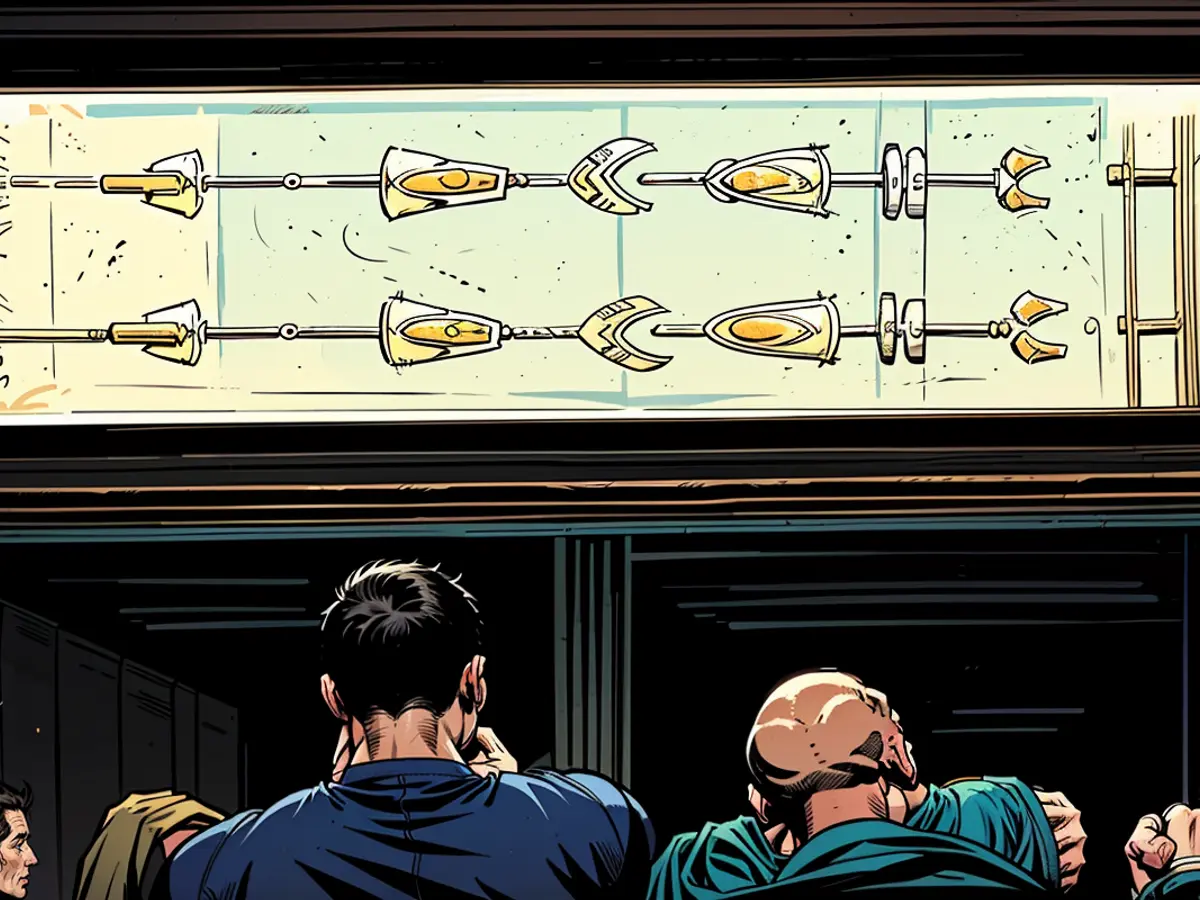Discussing the alleged 2000-year-old fabric associated with Jesus.
For centuries, the authenticity of the Turin Shroud has sparked intense debates. A fresh Italian study might provoke another round of discussion on the matter. As per this research, the cloth often believed to have covered Jesus after his crucifixion could be significantly older than what was previously assumed.
The Turin Shroud houses an ambiguous representation of a male figure bearing wounds thought to be a result of Jesus Christ's crucifixion. Since 1578, this linen cloth has been housed in the Turin Cathedral, held in high esteem by devotees as the Shroud of Jesus.
Whether it was indeed used to cover his body remains questionable and unverified. The Turin Shroud's authenticity faced challenges early on, as documented in a 1389 memo from Bishop Pierre d'Arcis of Troyes. Moreover, a controversial study carried out in 1988, which dated the fabric fibers to the Middle Ages, also branded the shroud as a fake. Despite these criticisms, the shroud continues to hold scientific interest.
Recently, Italian researchers claim that the shroud could be twice as old as previously thought - around 2000 years. If true, this would place its origin in the same time period as Jesus Christ's life. This study was published in the magazine "Heritage."
The researchers arrived at this conclusion by examining the cellulose of the linen fibers using a specialized X-ray method. They analyzed the structural deterioration of the cellulose in a minute fiber sample from the shroud. The results suggested resemblance to a linen sample from the 1st century AD, contradicting the 1988 study which placed the shroud's origin in the 13th to 14th century. The current study attributes this contradiction to potential contamination.
Arrival in Europe 700 years later?
However, according to the Italian researchers, the degree of aging found in the fibers is only plausible if the shroud only set foot in Europe during the Middle Ages. It would have needed to be kept for around 13 centuries at average temperatures of around 20 to 22.5 degrees Celsius and a relative humidity of 75 to 55 percent before arriving in Europe. It was only with the cooler temperatures in Europe over the last seven centuries that the fibers aged more slowly.
This study could reignite the debate over the authenticity of the Turin Shroud. However, the researchers emphasize that more X-ray analyses of additional samples are required to confirm the findings.
The new findings suggest that the Turin Shroud, if authentic, could be twice as old as previously believed, potentially dating back to the same time period as Jesus Christ's life. This raises questions about the authenticity of earlier studies that suggested a much later origin for the shroud.
Furthermore, the Italian researchers suggest that the shroud only arrived in Europe during the Middle Ages, which could contribute to the ongoing debate surrounding its authenticity.








